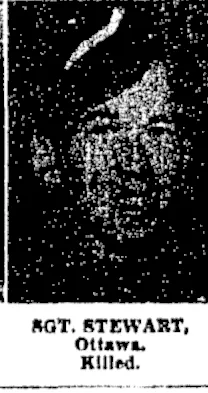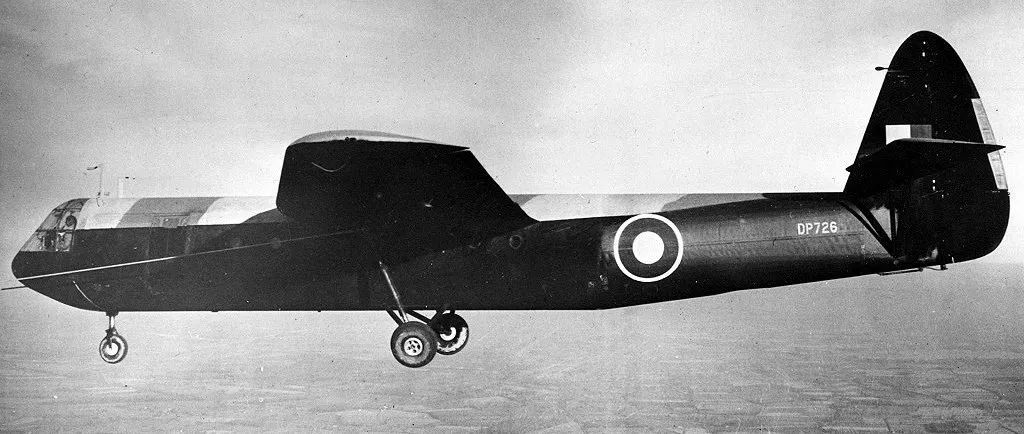Stewart, Douglas Harrison
Killed in Flying Accident 1942-10-15


Birth Date: 1922
Born:
Home: Ottawa, Ontario
Enlistment:
Enlistment Date: Unknown
Service
RCAF
Unit
15 MU- Maintenance Unit
Base
Rank
Flight Sergeant
Position
Flight Sergeant
Service Numbers
R/79206
Home
 Ottawa, Ontario
Ottawa, Ontario
First Burial
 Brookwood Military Cemetery, Woking, Surrey, Uk
Brookwood Military Cemetery, Woking, Surrey, Uk
Airspeed Horsa

Airspeed Horsa Transport Glider, RAF (Serial No. DP726).
The Airspeed AS.51 Horsa was a British troop-carrying glider used during the Second World War. It was developed and manufactured by Airspeed Limited, alongside various subcontractors; the type was named after Horsa, the legendary 5th-century conqueror of southern Britain.
Having been greatly impressed by the effective use of airborne operations by Nazi Germany during the early stages of the Second World War, such as during the Battle of France, the Allied powers sought to establish capable counterpart forces of their own. The British War Office, determining that the role of gliders would be an essential component of such airborne forces, proceeded to examine available options. An evaluation of the General Aircraft Hotspur found it to lack the necessary size, thus Specification X.26/40 was issued. It was from this specification that Airspeed Limited designed the Horsa, a large glider capable of accommodating up to 30 fully equipped troops, which was designated as the AS 51.
The Horsa was used in large numbers by the British Army Air Corps and the Royal Air Force (RAF); both services used it to conduct various air assault operations through the conflict. The type was used to perform an unsuccessful attack on the German Heavy Water Plant at Rjukan in Norway, known as Operation Freshman, and during the invasion of Sicily, known as Operation Husky. Large numbers of Horsa were subsequently used during the opening stages of the Battle of Normandy, being used in the British Operation Tonga and American operations. It was also deployed in quantity during Operation Dragoon, Operation Market Garden, and Operation Varsity. Further use of the Horsa was made by various other armed forces, including the United States Army Air Forces.Wikipedia
 Canadian Virtual War Memorial
Canadian Virtual War Memorial Horsa
Horsa Wikipedia Horsa
Wikipedia Horsa Harold A Skaarup Web Page
Harold A Skaarup Web Page